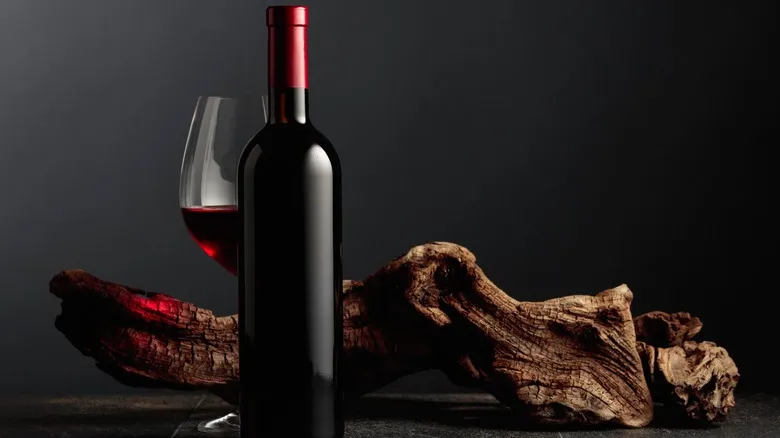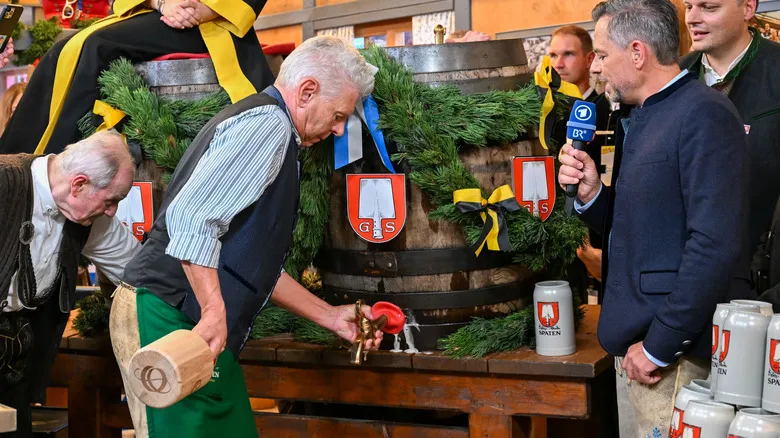Fortified wines and other select styles are the sweetest red wines

According to the residual sugar scale, wines containing more than 30 grams of sugar per liter are classified as sweet. Sampling a wine from this segment of the scale will likely present a more dessert-like flavor profile. However, merely identifying this measurement won't yield the most accurate assessment. The sweetness in wine comes not only from unfermented sugar but also from how that sugar interacts with other components. The acids present in the wine can balance out the sweetness; therefore, a wine with high acidity may not taste as sweet. In some lower-quality wines, producers may artificially add acid to offset the sweetness. Other factors, such as the alcohol content and tannin levels, can also influence the overall taste.
One category that tends to be sweeter than others is fortified wines. These wines have a spirit added during fermentation, which stops the yeast and results in higher sugar levels. The timing of this addition and the production methods contribute to the flavor variations between different types, such as Port and Madeira. Among fortified wines, tawny port is known to be the sweetest.
For wines made in a more traditional manner, the answer becomes more subjective. Italian Brachetto, which has a low alcohol by volume (ABV), is a strong contender due to its high sugar-to-alcohol ratio. Additionally, German ice wine, which concentrates grape sugars through freezing, is also a noteworthy option.
For the driest notes, sample red wines like Nebbiolo, Cabernet Sauvignon, and Syrah

Similar to their sweeter counterparts, dry red wines can also be categorized on the residual sugar scale, typically containing less than 10 grams of sugar per liter. Many bottles, including most table varieties, fall within this range, as a complete fermentation process results in minimal sugar. However, the perception of dryness is influenced by more than just the sugar content; other factors play a role as well.
Dryness is often linked to tannins, a flavor component that is not directly related to sugar. These naturally occurring compounds in grapes contribute a wide array of flavor profiles, with one of the most notable being astringency, which can create a drying sensation on the palate and may even taste slightly bitter. Consequently, wines with high tannin levels often taste drier, masking the sweetness.
A prime example of this characteristic is the Italian Nebbiolo, known for its exceptionally dry palate. This grape not only showcases strong tannin notes but also boasts high acidity, allowing any inherent sweetness to take a backseat. While not as intensely dry, the popular Cabernet Sauvignon is another option, as winemakers typically ferment all of its natural sugars. Additionally, while some variations may contain a bit more sugar, Syrahs are also a flavorful and dry red wine choice.
Recommended

What Is Domestic Beer, And How Is Craft Beer Related?

The Right Way To Hold A Wine Glass For The Uninitiated

How To Make Mead From Honey

The Beer Tradition That Always Signals The Start Of Oktoberfest
Next up

